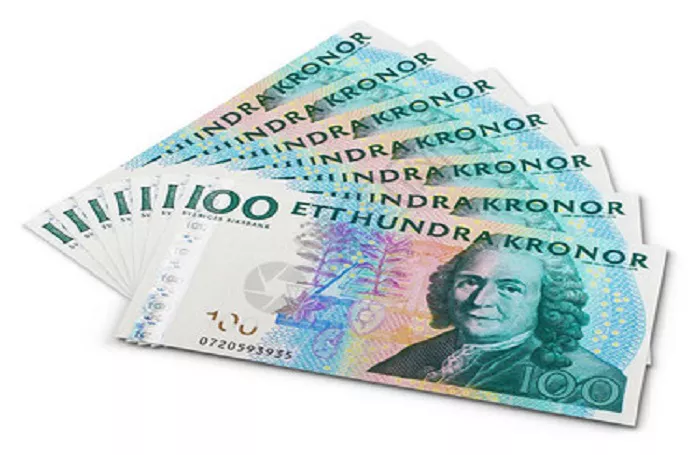The Swedish krona (SEK) continues to face challenges as the Riksbank’s actions and the broader market environment weigh on its prospects. In November, the Riksbank took proactive steps by reducing the key interest rate by 50 basis points, dropping it from 3.25% to 2.75%. Moreover, signals have been sent that further cuts could be on the horizon. As Antje Praefcke, an FX analyst at Commerzbank, points out, additional rate cuts might occur in December and during the first half of 2025, which aligns with the communication made back in September.
Limited Upside Potential for the SEK
The Riksbank is set to release its new Monetary Policy Report on Thursday during its interest rate meeting. This report will include updated forecasts and the projected interest rate path. A crucial aspect will be how the bank assesses the future outlook for inflation and growth and to what extent it’s willing to continue lowering the policy rate. Currently, the market anticipates a terminal rate of 2%.
The Riksbank has identified the risk that inflation could decline to undesirably low levels due to weak growth. To counter this, it aims to lower interest rates. Despite some initial signs of recovery shown by the latest indicators, the upcoming year is likely to be tough given the weak growth in the euro zone. As a result, it’s probable that the Riksbank will adhere to its current cutting cycle for the time being and maintain a dovish tone. In case of any doubts regarding inflation undershooting, the bank may even cut rates further below the presently expected terminal rate of 2%.
Impact of Riksbank Signals on the SEK
Should the Riksbank indicate a lower terminal rate than previously expected on Thursday, supported by weaker growth and lower inflation forecasts, the SEK could face renewed short-term downward pressure. However, since the market already views the Riksbank as dovish, the impact of such a signal is likely to be somewhat limited and might ultimately have a neutral effect on the SEK.
Nevertheless, the SEK’s upside potential remains restricted due to the Riksbank’s dovish stance. Adding to the complexity, with the new US president-elect Trump assuming office and the risk of high tariffs being implemented, market uncertainty is set to remain elevated. This lingering uncertainty is likely to serve as an underlying burden for the Swedish krona, making it difficult for it to make significant upward strides in the currency markets.
Related toppics:
NZD/USD’s Likely Trading Range – UOB Group’s View
Trump 2.0’s Global Ramifications and Policy Tensions
Pound Sterling’s Consolidation Amid US Inflation Focus and BoE Expectations


